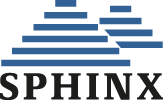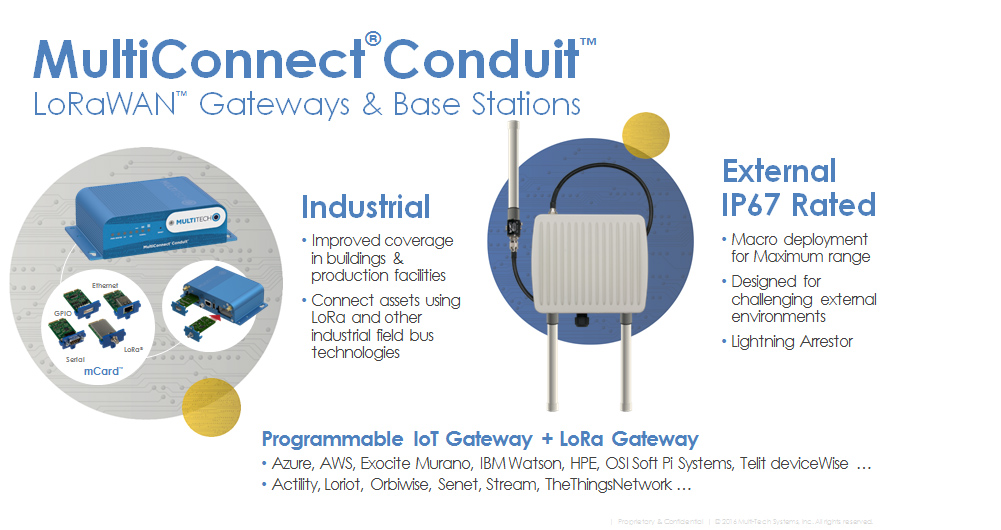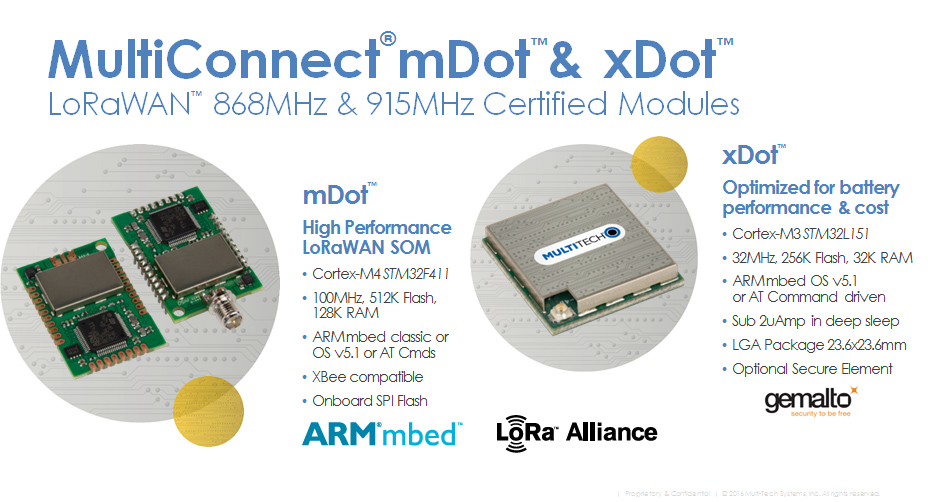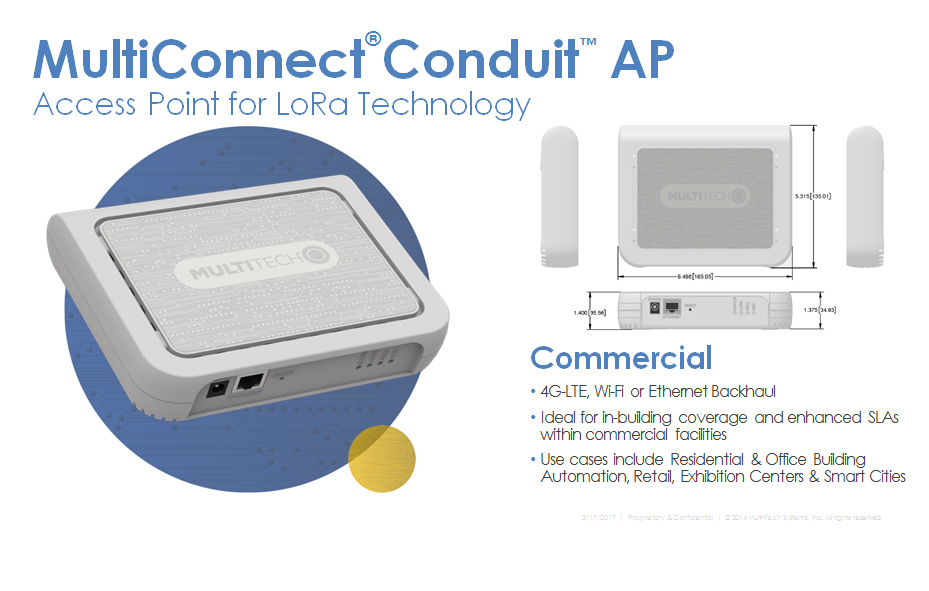About LoRa
"LoRa: Long range, low power wireless platform is the prevailing technology choice for building IoT networks worldwide."
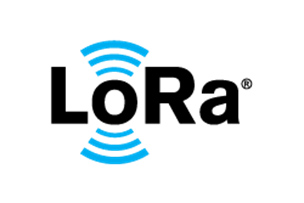
What is LoRa?
"LoRa: Long range, low power wireless platform is the prevailing technology choice for building IoT networks worldwide.
Smart IoT applications have improved the way we interact and are addressing some of the biggest challenges facing cities and communities: climate change, pollution control, early warning of natural disasters, and saving lives. Businesses are benefiting too, through improvements in operations and efficiencies as well as reduction in costs.
This wireless RF technology is being integrated into cars, street lights, manufacturing equipment, home appliances, wearable devices ? anything, really. LoRa Technology is making our world a Smart Planet." - Semtech
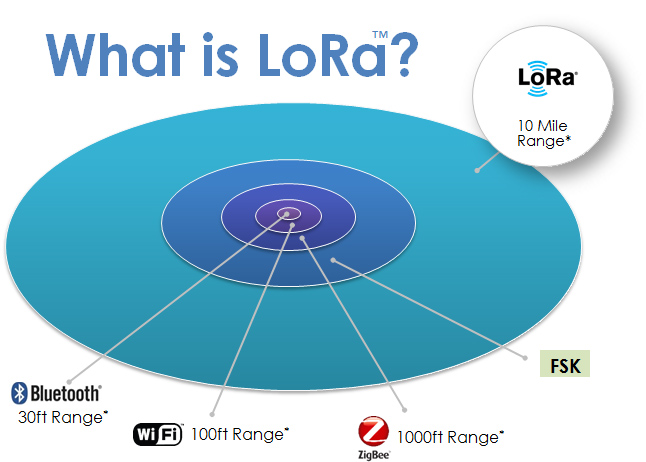
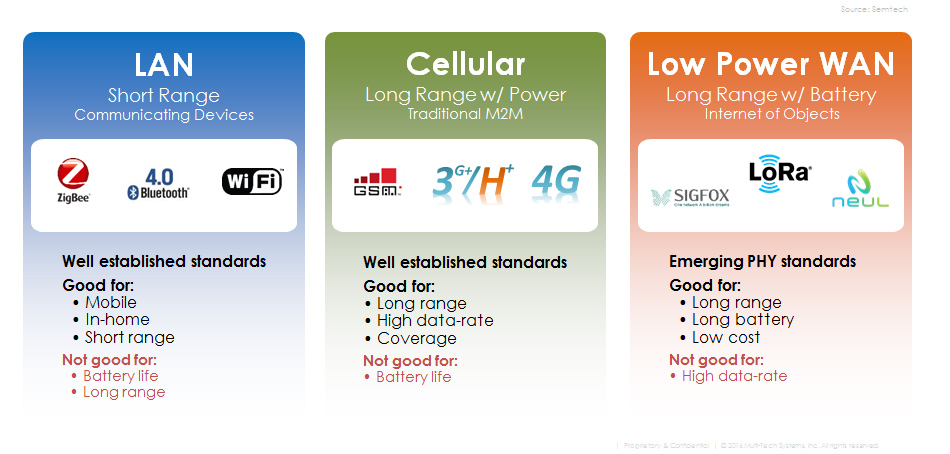
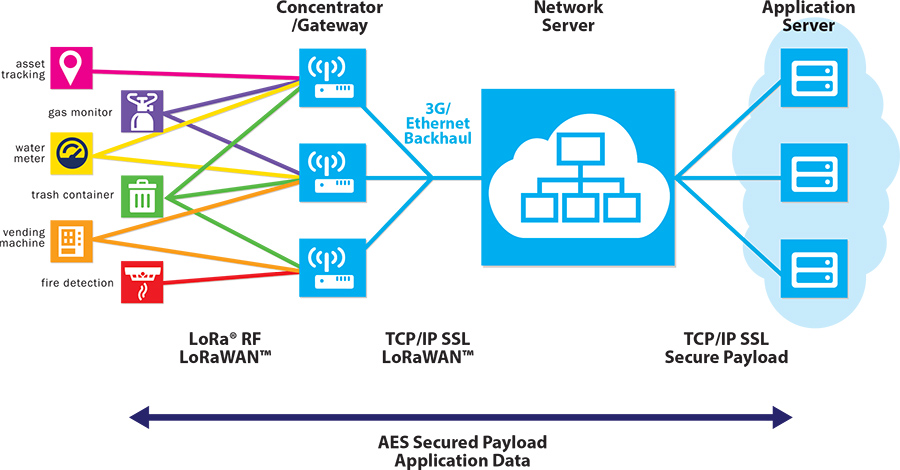
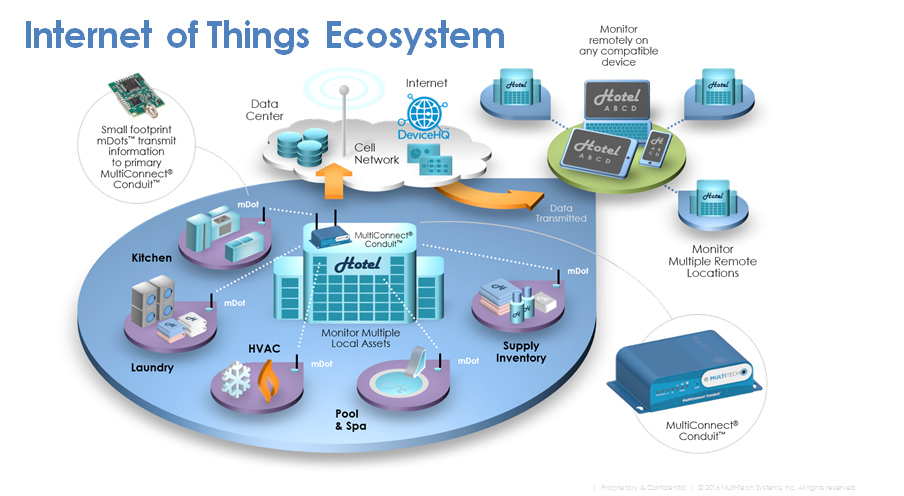 LoRa Alliance? Technology
LoRa Alliance? Technology
LoRaWAN? is a Low Power Wide Area Network (LPWAN) specification intended for wireless battery operated Things in a regional, national or global network. LoRaWAN targets key requirements of Internet of Things such as secure bi-directional communication, mobility and localization services. The LoRaWAN specification provides seamless interoperability among smart Things without the need of complex local installations and gives back the freedom to the user, developer, businesses enabling the roll out of Internet of Things.
LoRaWAN network architecture is typically laid out in a star-of-stars topology in which gateways is a transparent bridge relaying messages between end-devices and a central network server in the backend. Gateways are connected to the network server via standard IP connections while end-devices use single-hop wireless communication to one or many gateways. All end-point communication is generally bi-directional, but also supports operation such as multicast enabling software upgrade over the air or other mass distribution messages to reduce the on air communication time.
Communication between end-devices and gateways is spread out on different frequency channels and data rates. The selection of the data rate is a trade-off between communication range and message duration. Due to the spread spectrum technology, communications with different data rates do not interfere with each other and create a set of "virtual" channels increasing the capacity of the gateway. LoRaWAN data rates range from 0.3 kbps to 50 kbps. To maximize both battery life of the end-devices and overall network capacity, the LoRaWAN network server is managing the data rate and RF output for each end-device individually by means of an adaptive data rate (ADR) scheme.
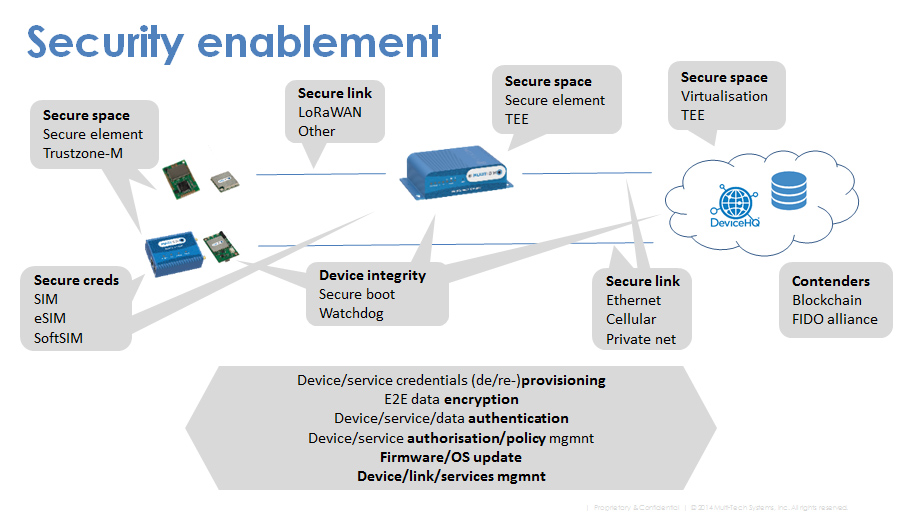
National wide networks targeting internet of things such as critical infrastructure, confidential personal data or critical functions for the society has a special need for secure communication. This has been solved by several layer of encryption:
LoRaWAN has several different classes of end-point devices to address the different needs reflected in the wide range of applications:
Unlocking the Future
To better address those billions of IoT devices only transmitting a megabyte of data per month, and in most cases far less, LPWA offers the opportunity to free industrial applications from the consumer-driven cycles of the public cellular networks by providing the stability of public or private networks designed and built specifically for machines.
These networks extend battery life and range and providing ?good enough? connectivity for the large majority of connected device use cases.
LoRa works best for remotely deployed applications that require long-range or deep in-building communication between a large number of devices that have low power requirements and collect low or sporadic amounts of data. Created by the LoRa? Alliance to standardize LPWANs, LoRa utilizes worldwide unlicensed spectrum such as those in the 433/470/868/780/915 MHz ISM bands, which is more cost effi cient to develop and deploy assets into than the 40+ global LTE bands and experiences less interference compared to Wi-Fi (which operates at 2.4GHz and 5GHz) and Bluetooth.
LoRa technology allows public or private single- or multi-tenant networks to connect multiple applications in the same space ? coexisting to enable new IoT, M2M, smart city, sensor-network, and industrial automation applications. Leveraging a star topography, the sensors communicate with gateways. The gateways can then act as a transparent bridge relaying messages between end-devices and a central network server on the backend, which is ideal for public nationwide deployments, where gateways are connected to the network server via standard IP connections as well as for highly controlled private rollouts where security and control are essential.
"LoRa: Long range, low power wireless platform is the prevailing technology choice for building IoT networks worldwide.
Smart IoT applications have improved the way we interact and are addressing some of the biggest challenges facing cities and communities: climate change, pollution control, early warning of natural disasters, and saving lives. Businesses are benefiting too, through improvements in operations and efficiencies as well as reduction in costs.
This wireless RF technology is being integrated into cars, street lights, manufacturing equipment, home appliances, wearable devices ? anything, really. LoRa Technology is making our world a Smart Planet." - Semtech


- Long range and low power
- At +14dbm output power, 868MHz
- In Sub-GHz>5km dense urban >13km suburban >80VLOS
- Not susceptible to interference from Wi-Fi, Bluetooth, GSM, LTE, etc
- Modulation format permits high accuracy localization
- Not RSSI based and accounts for multi-path and fading
- Permits high volume additional features
- Connect more nodes
- Additional capacity for features
- Must operate on batteries for 7 to 10 years
- Will send less than 1,000 bytes of data a day
- Must be extremely low cost to buy and operate
- Indoor units will need good building penetration
- Outdoor units will need exceptional range
- Security will be a major issue
Robust communication
High accuracy localization and ranging
Improved network capacity
Many of the next wave of devices to be connected will be fixed location sensors that:


LoRaWAN? is a Low Power Wide Area Network (LPWAN) specification intended for wireless battery operated Things in a regional, national or global network. LoRaWAN targets key requirements of Internet of Things such as secure bi-directional communication, mobility and localization services. The LoRaWAN specification provides seamless interoperability among smart Things without the need of complex local installations and gives back the freedom to the user, developer, businesses enabling the roll out of Internet of Things.
LoRaWAN network architecture is typically laid out in a star-of-stars topology in which gateways is a transparent bridge relaying messages between end-devices and a central network server in the backend. Gateways are connected to the network server via standard IP connections while end-devices use single-hop wireless communication to one or many gateways. All end-point communication is generally bi-directional, but also supports operation such as multicast enabling software upgrade over the air or other mass distribution messages to reduce the on air communication time.
Communication between end-devices and gateways is spread out on different frequency channels and data rates. The selection of the data rate is a trade-off between communication range and message duration. Due to the spread spectrum technology, communications with different data rates do not interfere with each other and create a set of "virtual" channels increasing the capacity of the gateway. LoRaWAN data rates range from 0.3 kbps to 50 kbps. To maximize both battery life of the end-devices and overall network capacity, the LoRaWAN network server is managing the data rate and RF output for each end-device individually by means of an adaptive data rate (ADR) scheme.

National wide networks targeting internet of things such as critical infrastructure, confidential personal data or critical functions for the society has a special need for secure communication. This has been solved by several layer of encryption:
- Unique Network key (EUI64) and ensure security on network level
- Unique Application key (EUI64) ensure end to end security on application level
- Device specific key (EUI128)
LoRaWAN has several different classes of end-point devices to address the different needs reflected in the wide range of applications:
- Bi-directional end-devices (Class A): End-devices of Class A allow for bi-directional communications whereby each end-device´s uplink transmission is followed by two short downlink receive windows. The transmission slot scheduled by the end-device is based on its own communication needs with a small variation based on a random time basis (ALOHA-type of protocol). This Class A operation is the lowest power end-device system for applications that only require downlink communication from the server shortly after the end-device has sent an uplink transmission. Downlink communications from the server at any other time will have to wait until the next scheduled uplink.
- Bi-directional end-devices with scheduled receive slots (Class B): In addition to the Class A random receive windows, Class B devices open extra receive windows at scheduled times. In order for the End-device to open its receive window at the scheduled time it receives a time synchronized Beacon from the gateway. This allows the server to know when the end-device is listening.
- Bi-directional end-devices with maximal receive slots (Class C): End-devices of Class C have nearly continuously open receive windows, only closed when transmitting. Class C
Unlocking the Future
To better address those billions of IoT devices only transmitting a megabyte of data per month, and in most cases far less, LPWA offers the opportunity to free industrial applications from the consumer-driven cycles of the public cellular networks by providing the stability of public or private networks designed and built specifically for machines.
These networks extend battery life and range and providing ?good enough? connectivity for the large majority of connected device use cases.
LoRa works best for remotely deployed applications that require long-range or deep in-building communication between a large number of devices that have low power requirements and collect low or sporadic amounts of data. Created by the LoRa? Alliance to standardize LPWANs, LoRa utilizes worldwide unlicensed spectrum such as those in the 433/470/868/780/915 MHz ISM bands, which is more cost effi cient to develop and deploy assets into than the 40+ global LTE bands and experiences less interference compared to Wi-Fi (which operates at 2.4GHz and 5GHz) and Bluetooth.
LoRa technology allows public or private single- or multi-tenant networks to connect multiple applications in the same space ? coexisting to enable new IoT, M2M, smart city, sensor-network, and industrial automation applications. Leveraging a star topography, the sensors communicate with gateways. The gateways can then act as a transparent bridge relaying messages between end-devices and a central network server on the backend, which is ideal for public nationwide deployments, where gateways are connected to the network server via standard IP connections as well as for highly controlled private rollouts where security and control are essential.
Multi-TechLoRa Products
